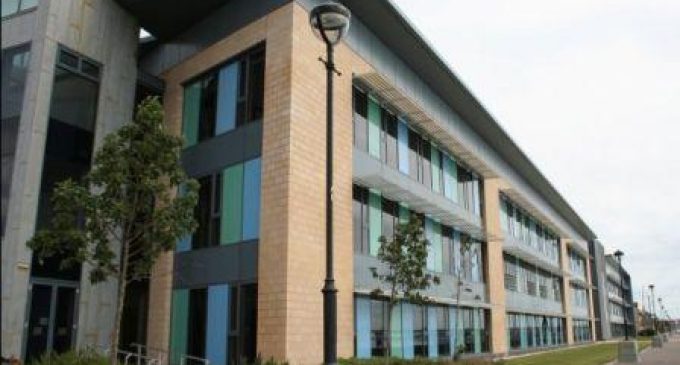Irish Office Sector Still Failing to Match Pent Up Demand

A lack of modern, well located and suitably sized office space remains a national urban challenge, according to the latest commercial property report from the Society of Chartered Surveyors Ireland (SCSI). The research reveals that over half of surveyors believe these shortages were major factors impacting the office market during 2018, and 60% of Dublin surveyors expect supply of office development land to be less than the demand this year.
Demand for Prime offices looks set to continue this year with Dublin and all other provinces to see increases in rents of between 4% to 7%. In addition, the growth of the serviced office sector is having a greater impact on the market with a third of respondents ranking it amongst the top three factors.
Director General of the SCSI, Aine Myler highlighted the optimistic mood amongst the commercial property industry but has warned that many challenges remain: “Whilst new offices and other commercial properties are being built, we are not keeping up with demand. Almost two thirds of respondents in Dublin expect development land supply to be less than demand. Despite this demand, finance is not flowing quickly enough with almost 80% of respondents stressing that access to such finance is a critical factor. Unfortunately, the government’s vacant site levy isn’t predicted to deliver rapid change to the current situation with just 14% believing the impact will be significant.”
 Aine Myler continued: “Many of our regional members are reporting real concerns about the demand for office space beyond a 50km range of any city, especially Cork and Dublin. Although expectations for rent inflation in provinces excluding Dublin is at 4% to 6%, this is very much expected within city areas. Office demand in smaller towns is struggling and counting on government intervention to improve the future outlook. Members have told us that they expect demand in Dublin to remain strong despite fears about Brexit and concerns on personal taxation levels.”
Aine Myler continued: “Many of our regional members are reporting real concerns about the demand for office space beyond a 50km range of any city, especially Cork and Dublin. Although expectations for rent inflation in provinces excluding Dublin is at 4% to 6%, this is very much expected within city areas. Office demand in smaller towns is struggling and counting on government intervention to improve the future outlook. Members have told us that they expect demand in Dublin to remain strong despite fears about Brexit and concerns on personal taxation levels.”
Retail
On the retail front, whilst prime rents in Dublin are expected to increase by 2% this year, the growth of online shopping and low tenant demand remain dominant issues for the sector. Almost half of respondents expect the fashion industry to be hit hardest by the continued growth of online retail. Property investment company Green Reit announced last year that it had sold out of retail in favour of logistics – its retail holdings once accounted for about 20 per cent of its portfolio.
Average Zone “A” rents in prime south-side Dublin city centre units were estimated by respondents at just over €6,000 per square metre. This is significantly above the estimated north-side city rents at just below €4,450. Outside Dublin, prime retail rents are estimated by agents in these regions at over €700 per square metre. Rental values for retail property have recovered since the downturn, but still lag the recovery seen in offices and residential. Prime Henry Street retail rents are still more than 33 per cent below their 2008 peak – while Grafton Street rents are running about 38 per cent below.
Industrial
Prime rents irrespective of size, are just short of €90 per square metre in Dublin and approximately €60 outside Dublin. Rents for logistics units are broadly similar to prime industrial rents.
Industrial yields in Dublin range from just above 6% for smaller prime units to over 7% for secondary units, while elsewhere in the country yields range from just under 7% to 8.3%.
Vacancy rates are also on the decrease with many agents reporting stronger demand in the past 12 months.
Residential Development land
The Rest of Leinster and Dublin saw a 16% and 12% increase in values in 2018, respectively. The rate of inflation is showing very slight signs of reduction when compared to the 16% and 14% increases in Rest of Leinster and Dublin figures in 2017, respectively.
200 surveyors took part in the research which was conducted over December 2018/January 2019.
























